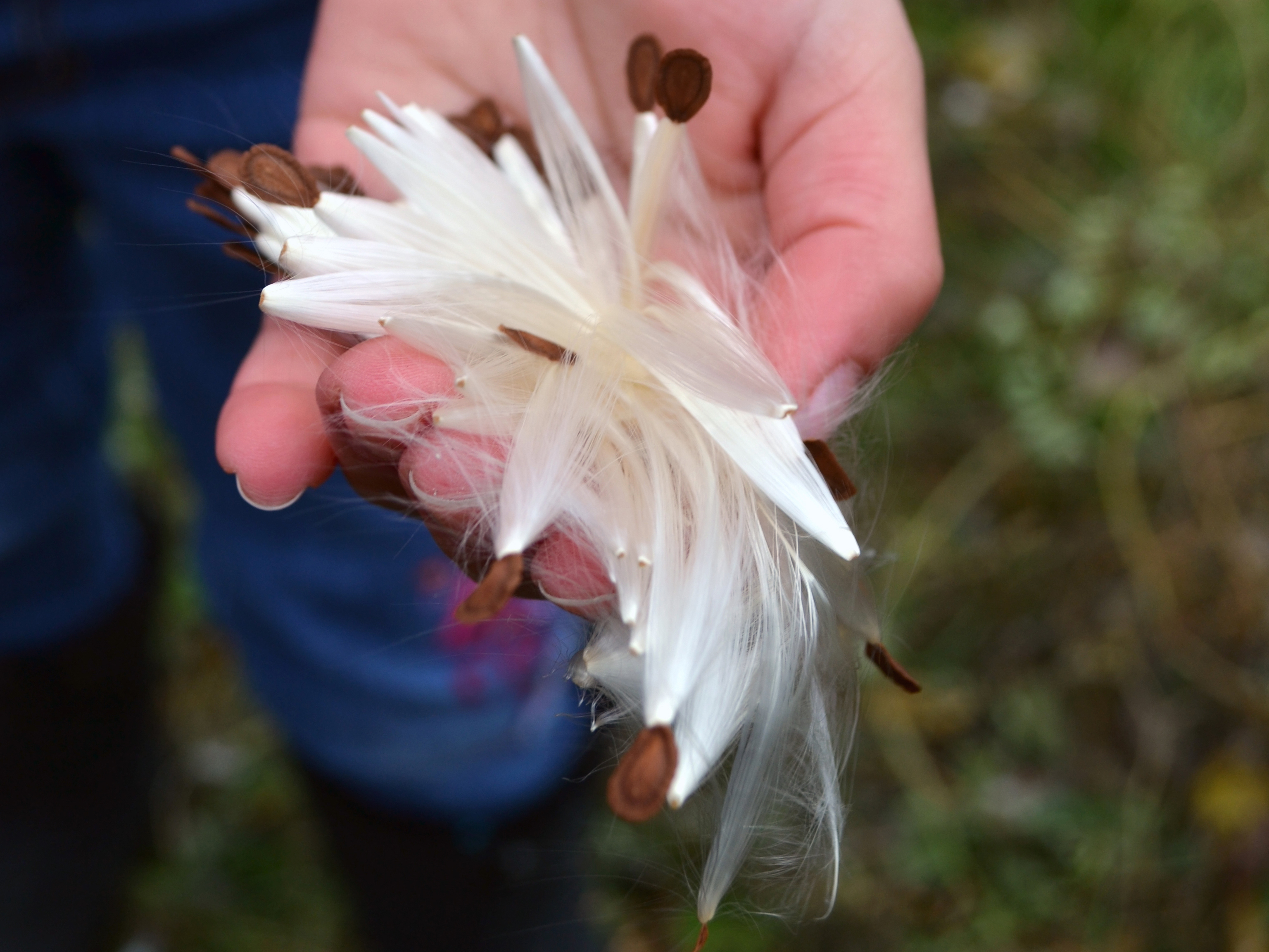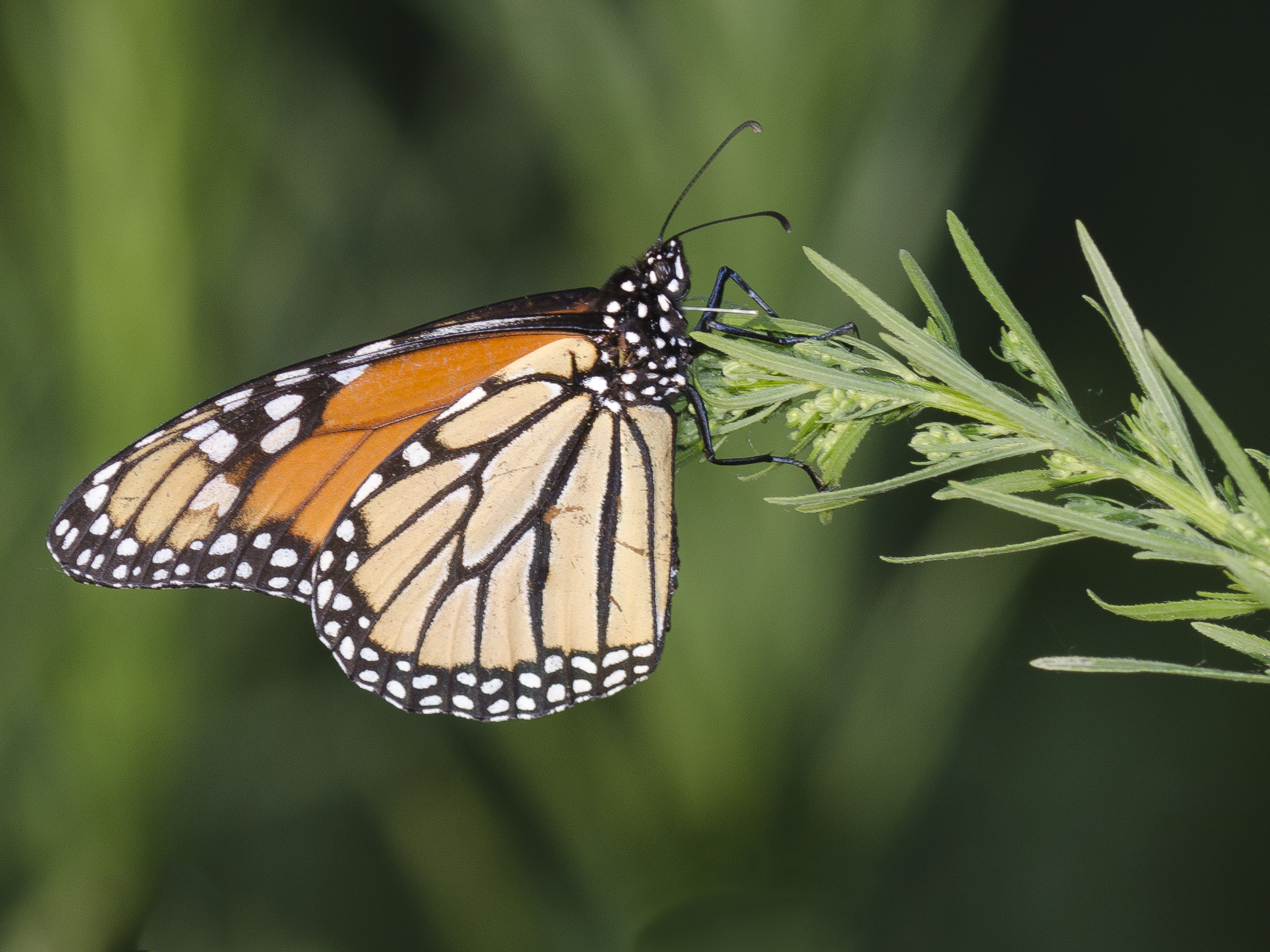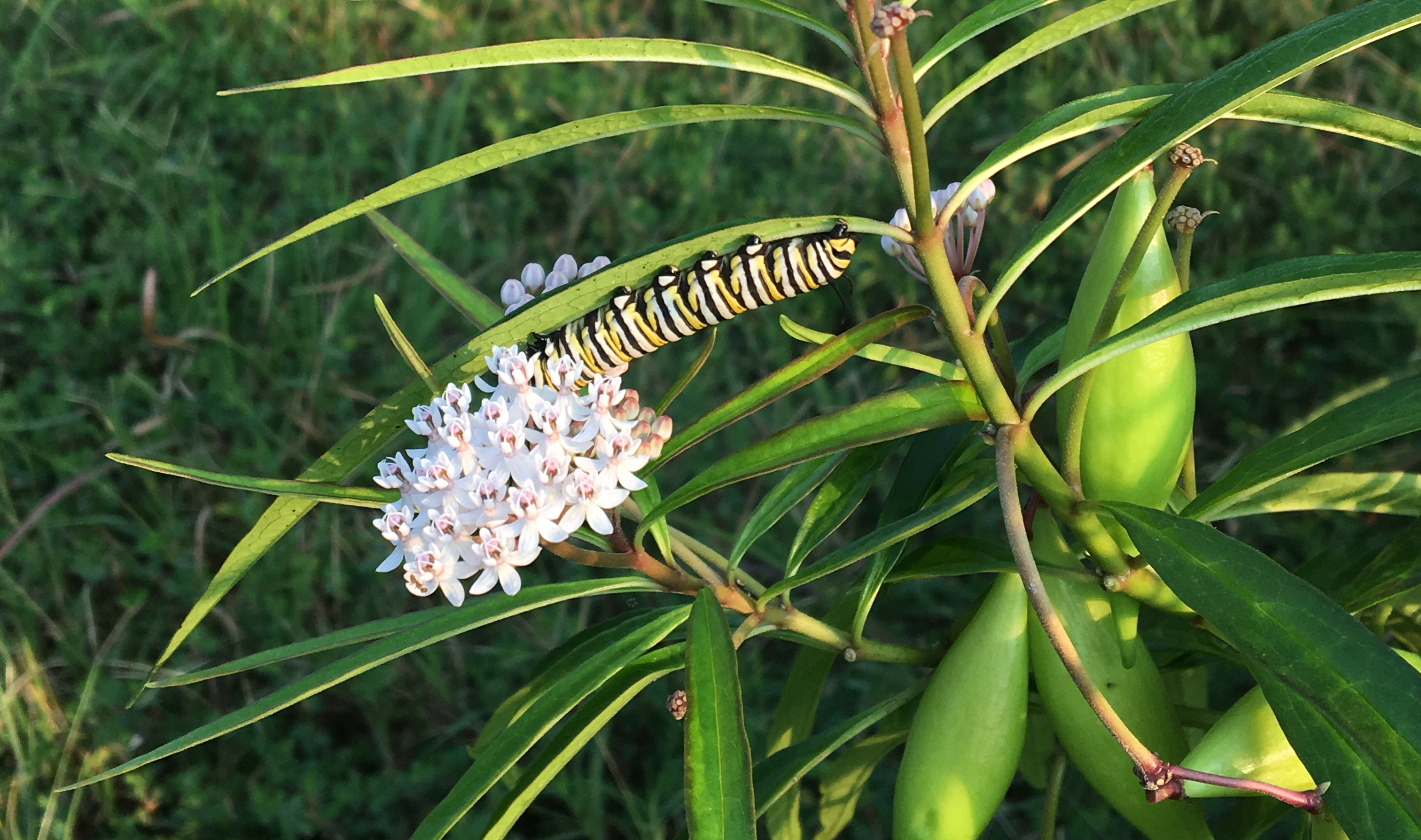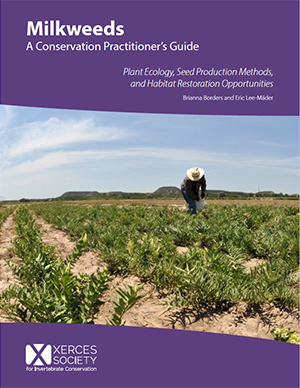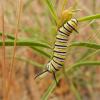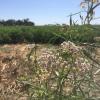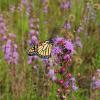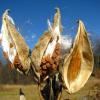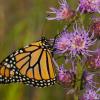Milkweeds (Asclepias spp.) are the required host plants for caterpillars of the monarch butterfly and thus play a critical role in the monarch’s life cycle. The loss of milkweed plants in the monarch’s spring and summer breeding areas across the United States is believed to be a significant factor contributing to the reduced number of monarchs recorded in overwintering sites in California and Mexico. Agricultural intensification, development of rural lands, and the use of mowing and herbicides to control roadside vegetation have all reduced the abundance of milkweeds in the landscape.
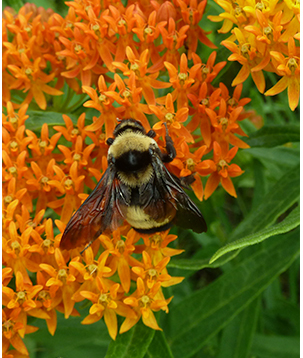
In addition to monarchs, native milkweeds support a wide diversity of pollinators, including bumble bees. (Photo: Xerces Society / Sarah Foltz Jordan)
To help offset the loss of monarch breeding habitat, the North American Monarch Conservation Plan (published in 2008 by the tri-national Commission for Environmental Cooperation) recommends the planting of regionally appropriate native milkweed species. However, a scarcity of milkweed seed in many regions of the United States has limited opportunities to include the plants in regional restoration efforts.
About Project Milkweed
To address this seed shortage, the Xerces Society launched Project Milkweed, with support from the Monarch Joint Venture, a USDA Natural Resources Conservation Service Conservation Innovation Grant, and private foundations. In collaboration with the native seed industry, the USDA-NRCS Plant Materials Program, and community partners, Xerces is producing new sources of milkweed seed in areas of the monarch’s breeding range where seed has not been reliably available: California, the Great Basin, Arizona, New Mexico, Texas, and Florida. To further support this effort, the Xerces Society is raising public awareness about milkweeds’ value to monarchs and native pollinators and promoting the inclusion of milkweeds in habitat restoration efforts.
Use the resources to learn more about growing the milkweed species appropriate for planting in your area, find seed suppliers, and discover the many other ways you can contribute to monarch conservation!
Milkweed Finder
Locate native milkweed seeds and starts from local vendors with our online directory, which covers the United States and Canada.
Regional Milkweed Guides
Use our guides to identify regionally native milkweeds appropriate for growing in your area.
Western Monarch Milkweed Mapper
Learn to ID milkweed while also contributing to an important community science effort.
Milkweed Practitioner's Guide
This comprehensive publication covers milkweed seed production methods, offers guidance on incorporating milkweeds into restoration and revegetation efforts, and highlights milkweeds’ unique characteristics and value to wildlife.
Bee Safe Nursery Plants
Guidance for growers and gardeners about how to reduce the use of pesticides on plants that are grown and planted for monarchs and pollinators.
Monarch Conservation
Learn more about Xerces' monarch conservation work, a cornerstone of our endangered species program.
Milkweed FAQs
A set of 18 frequently asked questions about milkweeds and the answers to them.

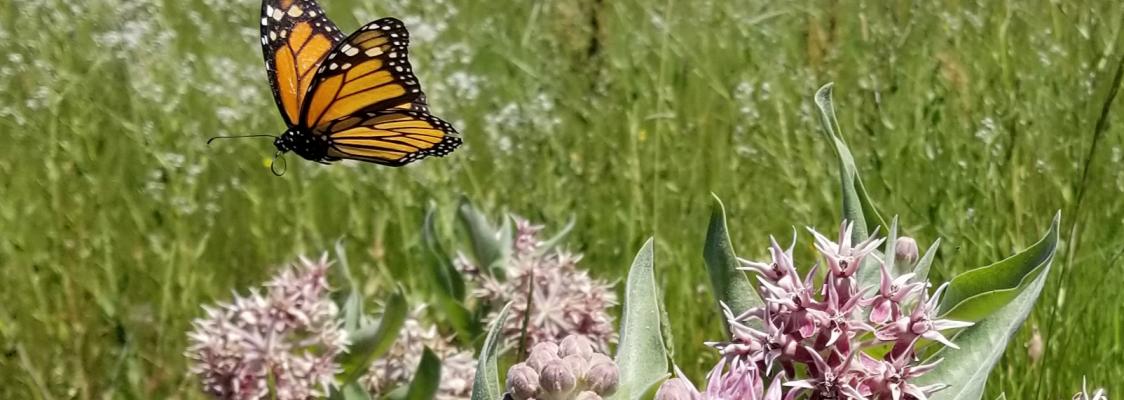
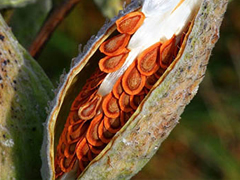
%20MN_Justin%20Meissen_flickr-CC%20tile.jpg)

